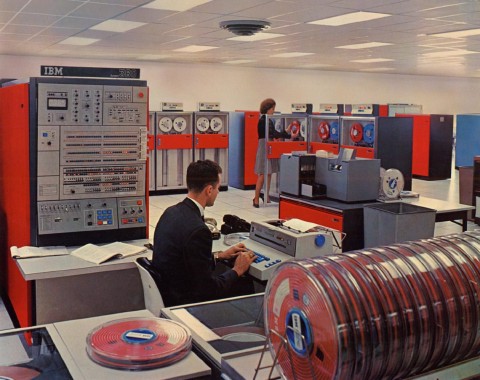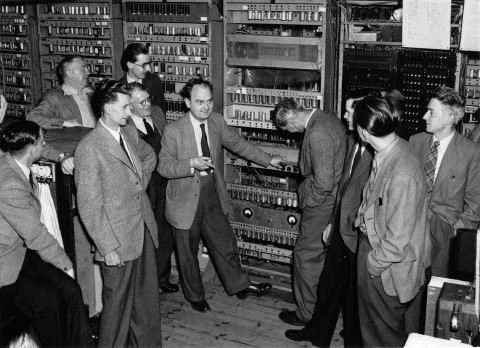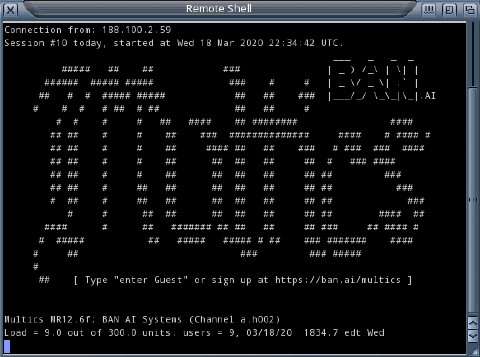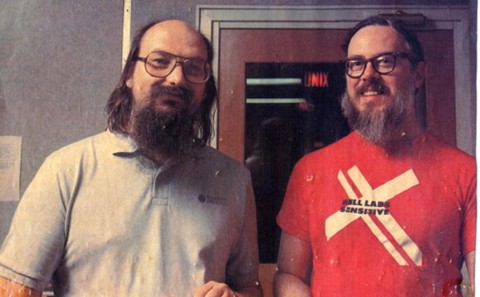Origins of time-sharing
Let’s start our journey back when dinosaurs roamed the earth, engineers wore ties, and Barbie was first gaining popularity - the 60s. Nowadays, we have grown accustom to companies selling devices at lower profit margins - with most profit coming from software subscriptions. But 70 years ago it was the complete opposite. Companies bought expensive computers, huge machines, and what was running on them was of lesser value. And I really mean expensive. An IBM System/360 Model 20, presented in 1964, could have been bought starting from USD 62,710 (USD 622,626 adjusted for inflation) or rented for USD 1280 (USD 12,708 adjusted)1. Sellers earned a lot from the devices. But, naturally, companies making all those investments wanted a nice return. This led to the creation of time-sharing.

This concept seems natural now: multiple processes were able to share computer resources, so multiple applications could run at the same time. Applications could even run for different users. Ergo, time-sharing allowed for multi-user multitask processing. This is in stark contrast to batch-processing, where only a single program would be able to compute at any particular time. An example of such processing would be EDSAC, the first electronic computer2. I won’t go into detail of time-sharing, but you can read more in “Time sharing in large computers”, C. Strachey, 1959. But what is important here is how it was used. All computation happened on a single, large server. End users would use computer terminals which were multiplexed into that server, called a mainframe. What is multiplexing you ask? Simply said, it’s a way to combine different signals into a shared medium. It was used extensively for land-line telephony, where all signals were transferred over shared wires.

Multics
Let’s jump to 1969.
Multics (MULTiplexed Information and Computing) was an early time-sharing operating system developed by MIT, General Electrics and Bell Labs. It pioneered many of innovations which are still widely used in the computing systems of today: hierarchical file system, redirection as interprocess communication, or the existence of a shell3, as well as memory pages, memory protection, or the ability for a single machine to use multiple CPUs and memory4. It was however also huge, both in terms of memory usage (the resident kernel could occupy a huge part of memory leaving not enough for applications) and code size (it consisted of about 1,5k source modules)3. Multics was experimental and therefore ambitious, complex - designed by trial and error. It was delivered late, early on had performance problems, and in 1969 Bell Labs withrew from the project5.


Ken Thompson, Dennis Ritchie, Douglas McIlroy, and Joe Ossanna, frustrated with their experiences with Multics Operating System are starting to work on their own alternative. Their work will become one of the most beloved computer products of all time - UNIX. The team armed with previous experience set up to create simple, manageable OS that would still fulfill all the requirements Multics was to fulfill.
Currently, however, they have problems convincing Bell Labs management to get them a new computer. This has not stopped them from designing the system on black blackboards and paper.
 History of Unix
History of Unix